Art seems to flourish in the tiny town. We had a wonderful conversation with the woman who runs the gift shop of the Piareersarfik art school that teaches Ittoqqortoormiit’s inhabitants a mix of traditional and modern crafting techniques. We assumed that the crafts on display were made by teenage students, but the school actually serves adult learners.
As our hostess explained it, Ittoqqortoormiit isn’t big enough to have a high school, so teenagers are sent away to state boarding schools. Overwhelmed by being away from their close-knit community, they don’t always do well in school, and many drop out. After they come home, the school gives them a second chance to learn, at whatever age they decide they are ready to try again.
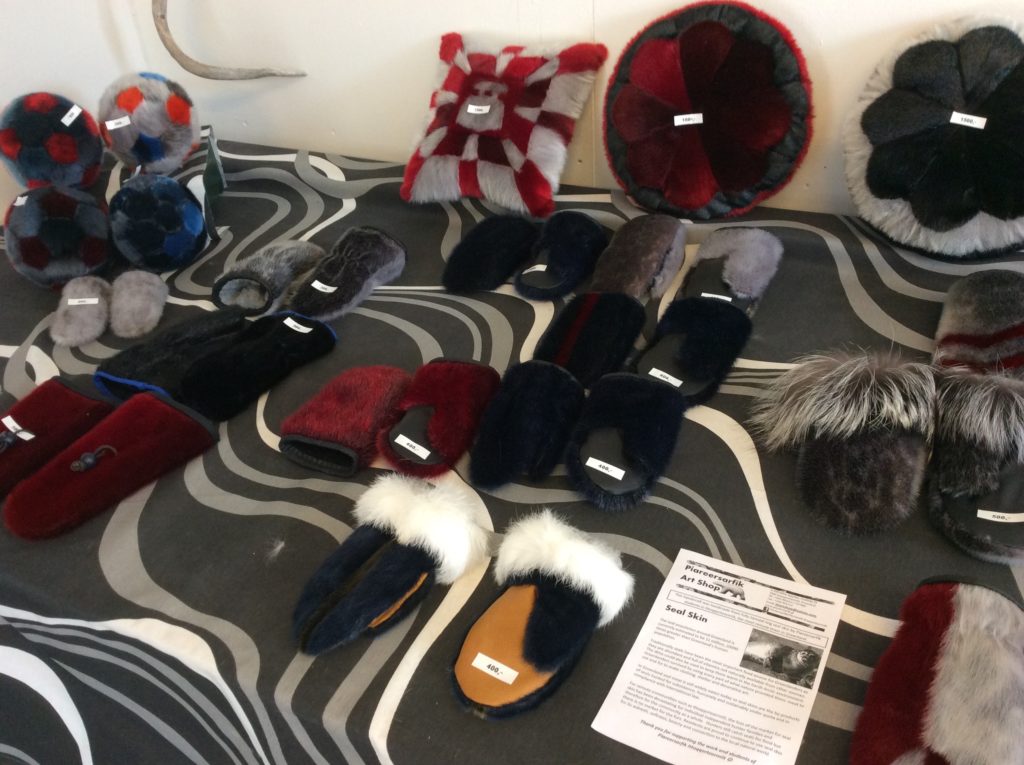
Items crafted from sealskin.
Many of the crafts on display at the school and the Tourist Office gift shop used traditional materials: walrus tusks, narwhal “horn,” sealskin, musk ox wool and leather, animal furs, bones, teeth, and sinews. These materials are actually easier for the local artists to get than are the glass beads, metal, wood, and plastic that were used in some of the artwork!
Viewing the pillows, mukluks, and other admittedly beautiful wares crafted from sealskin was much more than an aesthetic experience for me.
Coming from the U.S., where marine mammals of all types are protected at the federal level, I was appalled to see their skins being used as crafting material.
I must not have been the first tourist to react that way, because a note on the display informed me that at 12 million, the seal population of Greenland far outnumbers the approximately 50,000 humans who call the place home.
It also noted that the sealskin is a mere byproduct of seal hunting, which is done primarily for food. The artists take pride in being able to use the whole animal after its death.
Although there were no sealskin crafts among the souvenirs I purchased, I appreciated the change of perspective. The abundance of seals versus the number of potential human consumers of them made me realize that some resources have to be considered regionally, not globally. And such changes in perspective are, of course, one of the reasons I travel.
For more information, contact ittartshop@yahoo.com
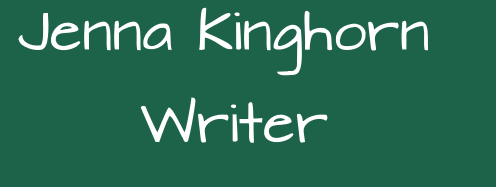

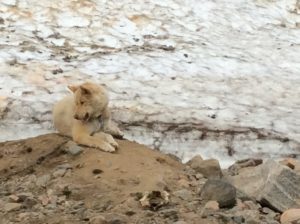
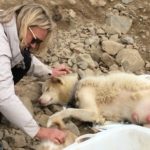
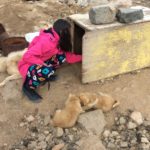
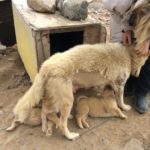
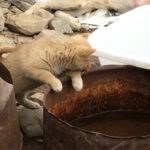
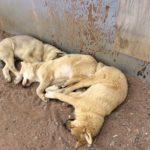
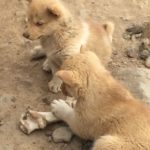
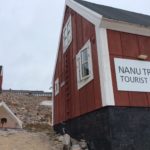
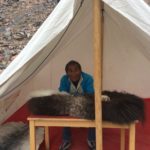

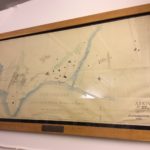

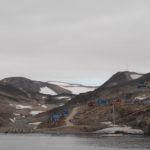
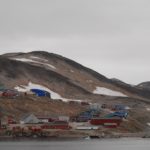
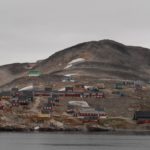
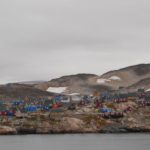
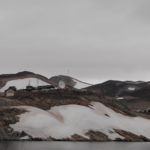
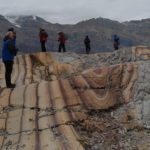
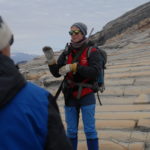
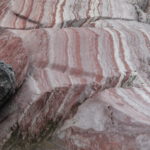
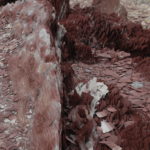
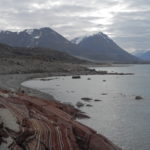
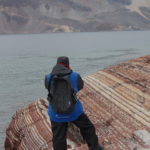



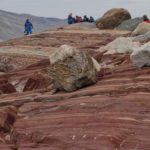
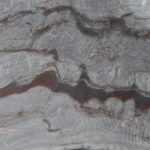
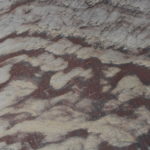

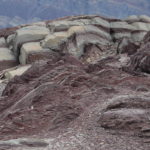
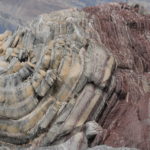
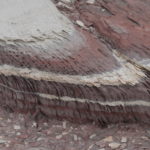
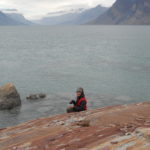
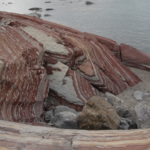
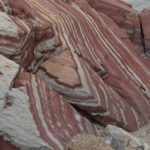
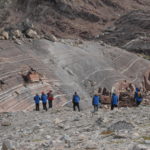
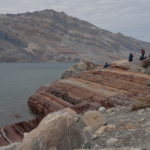
Recent Comments